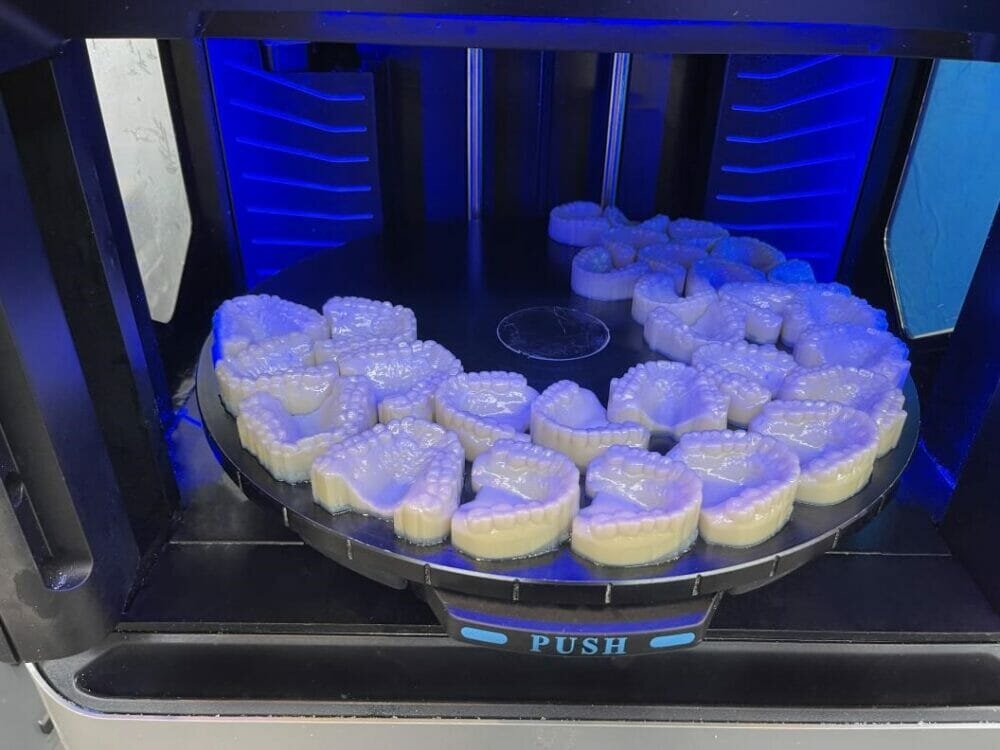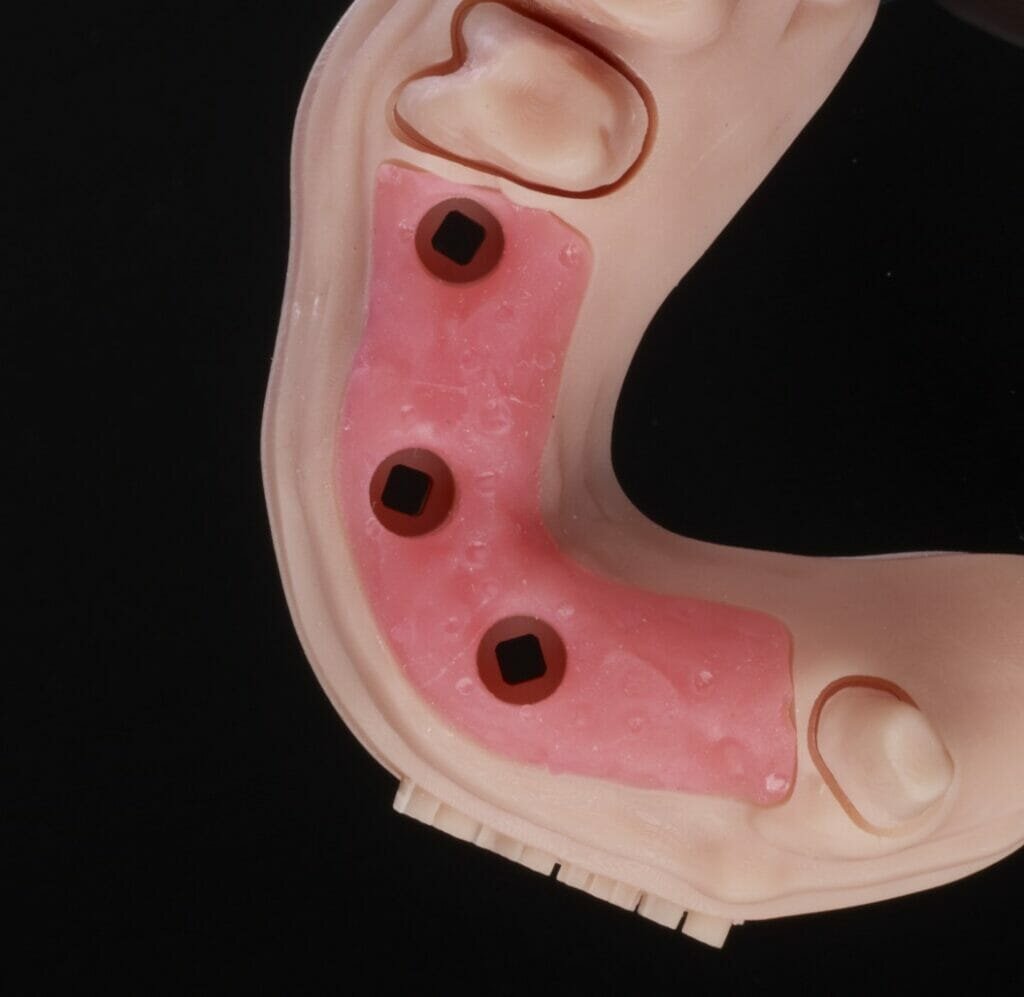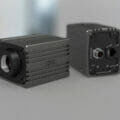Since they first became available on the NHS over 75 years ago, dental laboratories have made significant improvements to deliver high quality dentures to patients. Advances in 3D scanning and additive manufacturing (AM), for example, can produce supportive, comfortable implants for patients. So, is a 3D printer a good investment in your dental laboratory? Here Amish Jani, sales specialist at UK provider of Stratasys, One Click Metal and XJet 3D printing solutions Tri-Tech 3D, explores.
Today, dental laboratories can develop realistic and comfortable implants for patients using a range of manufacturing methods. AM systems are one example of such innovation. But is this technology worth the investment?
Speed
Traditional casting and moulding takes time. Dentists take a wax impression of a patient’s mouth and send it to a dental lab. The technician makes a mould from the impression, fills it with gypsum, cures the implant and sends it back to the patient — which can take days. Casting creates a viable and convincing implant, but, unless the initial impression is accurate, the implant may not fit the patient. Poor tray selection, surface contamination or the patient moving too much during the process are just some of the factors that impact accuracy.
With 3D scanning, dentists can quickly take accurate images of the patient’s mouth and immediately email it to the laboratory, removing the need for wax casts. Instead of creating a mould, technicians upload and convert the scan into a computer aided design (CAD) file for customisation. Once designed, a resin 3D printer creates the part layer by layer in a few minutes or hours.
Traceability
Digitalising workflows saves time, but also improves traceability. Sending physical parts to and from the laboratory introduces risk of losing, deforming or breaking the impression in transit. For example, a wax impression is susceptible to damage from temperature changes, pressure and handling.
Instead of rooting around for models and printed files, 3D printing gives technicians a digital record of the entire process. If there are any issues, technicians simply return to the patient files or part design to investigate.
Customisation
Gypsum, a mineral-based material commonly used in dental implant models, can be brittle. Biocompatible resin, on the other hand, is a synthetic and lightweight yet durable material, which, when used in an AM system, enables laboratories to produce dental models and replicas that could withstand the force of biting and chewing. Resin can also be coloured to match natural teeth, rather than the narrow range of white colours available in other materials, creating more realistic models.
When printing in resin, manufacturers can often use one of two methods — polyjet or stereolithography/digital light processing (SLA/DLP). However, in dental applications polyjet is the preferred method. Some polyjet printers, for example the Stratasys J5 DentaJet, are built especially for the dental industry. This technology jets droplets of material layer on layer until it forms the part, curing it with a UV laser after each layer. Unlike with SLA/DLP, technicians can use multiple resin canisters at once — for example, if creating a model of a jaw with gingival mass and the implant, users can print each part in different colours on the same build.
Dental procedures may have come a long way since the first century but is 3D printing the answer? What dental laboratory wants accurate and rapid production when they can keep slow and inefficient casting methods that take days to complete?
For more information watch our webinar asking Does 3D printing have a place in the dental industry? You can also contact our team about 3D printing in healthcare.

News  Update Media GroupAugust 1, 2023Comments Off on Streamlining dental laboratories with 3D printing
Update Media GroupAugust 1, 2023Comments Off on Streamlining dental laboratories with 3D printing
Streamlining dental laboratories with 3D printing
Related Articles
Latest NewsNews March 26, 2025Comments Off on Hand Held Temperature Instrumentation
Hand Held Temperature Instrumentation
Featured ArticlesNews January 24, 2025Comments Off on For the fifth consecutive year ABB is recognised as a Top Employer in the UK for 2025
For the fifth consecutive year ABB is recognised as a Top Employer in the UK for 2025
The 2025 Top Employers have been announced, and ABB has again been…
News January 20, 2025Comments Off on Is production really pollution?
Is production really pollution?
~ Technology that tackles the plastic waste problem ~ As highlighted by…








